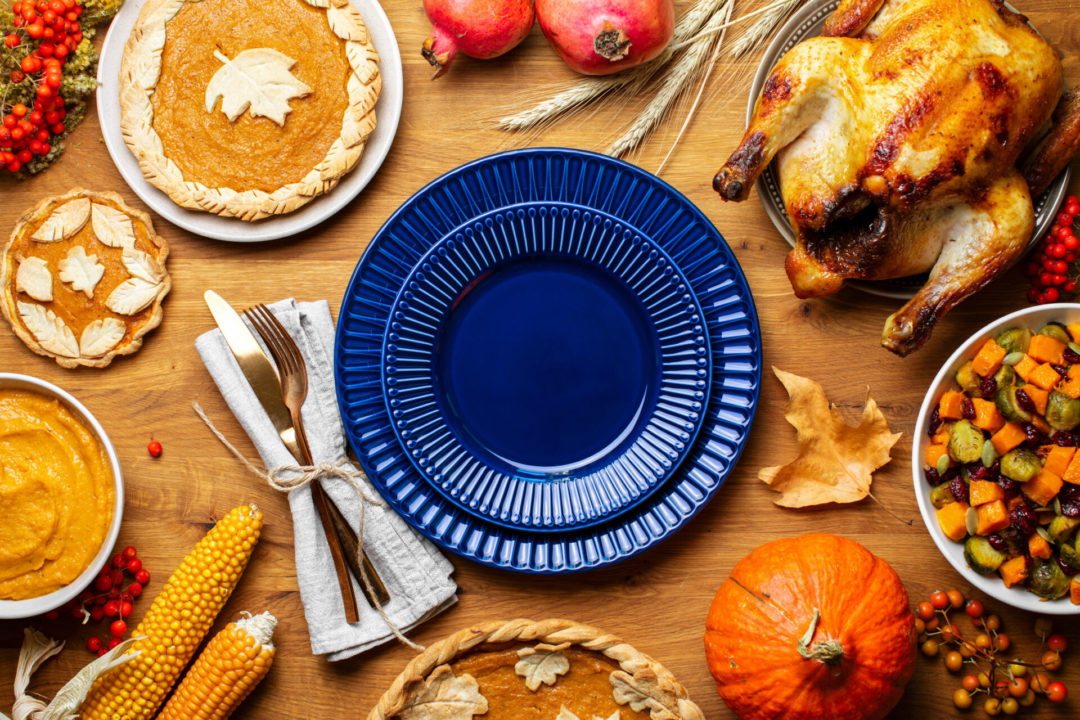“More than ever before, consumers are planning ahead for Thanksgiving by shopping early for key items, driving a 4% sales lift of the entire edible category for the week ending Oct. 31, 2021,” said Dr. Krishnakumar S. Davey, President of Client Engagement for IRI, in the press release. “The latest data also shows that shopping habits vary widely among consumers of different demographics, primarily across age groups and household income levels. The distinct behavior patterns of each shopper demographic create important insights for manufacturers and retailers as they optimize their advertising and promotion strategies in the final weeks leading up to Thanksgiving.”
IRI tracks the top 25 Thanksgiving-related grocery categories, which account for 81% of the $2.2 billion in grocery sales uplift seen in the four weeks leading up to the holiday. The insights are intended to help retailers and manufacturers make decisions about merchandising, promotional activity, and other variables to drive growth during the holiday season.
Key findings based on data for the week ending October 31, 2021, include:
More shoppers than ever are shopping early.Sales uplift of Thanksgiving items in the three-week period ending Oct. 31 was 63%, compared to a historical uplift of 45% in years prior. This trend accelerated during the week ending Oct. 31, 2021, with a sales lift up of 86% compared to a historical average of 54%, driven largely by sales of wet broth/stock, turkeys, pie pastry filling, and stuffing. Following widespread media reporting on supply chain challenges, 34% of consumers reported they are stocking up on certain items because they are concerned that the products might not be available the next time they shop.
Shopping behaviors differ significantly across income level and age demographics:
- Lower-income shoppers are generally waiting to buy meat and sides items until closer to Thanksgiving, while middle- and high-income households are more likely to shop those categories ahead of the holiday week. However, data shows that households at all income levels buy pies, baking products and beverages in the weeks leading up to the holiday.
- Older households are typically more likely to shop for their Thanksgiving supplies early, while younger households are more likely to wait to shop until the week of Thanksgiving, and are also more open to new traditions and brand-switching.
Meat and Pies categories have the most out-of-stock risk. Despite the continued acceleration of demand for certain Thanksgiving items ahead of the holiday week, in-stock levels for the week ending Oct. 31 were largely consistent with levels reported the week prior, with the exception of meat, which was down 3 percentage points. Meat and pies continued to be the only categories that show lower in-stock percentages compared to the year-ago period, down 13 and 3 percentage points, respectively.
Related: IRI: COVID-19 Still Drives Consumer Attitudes; Value Fuels Decision-Making Specialty Food Sales Hit $170.4B, SFA Reports NMI Publishes 2022 Whole Living Consumer Database Report









